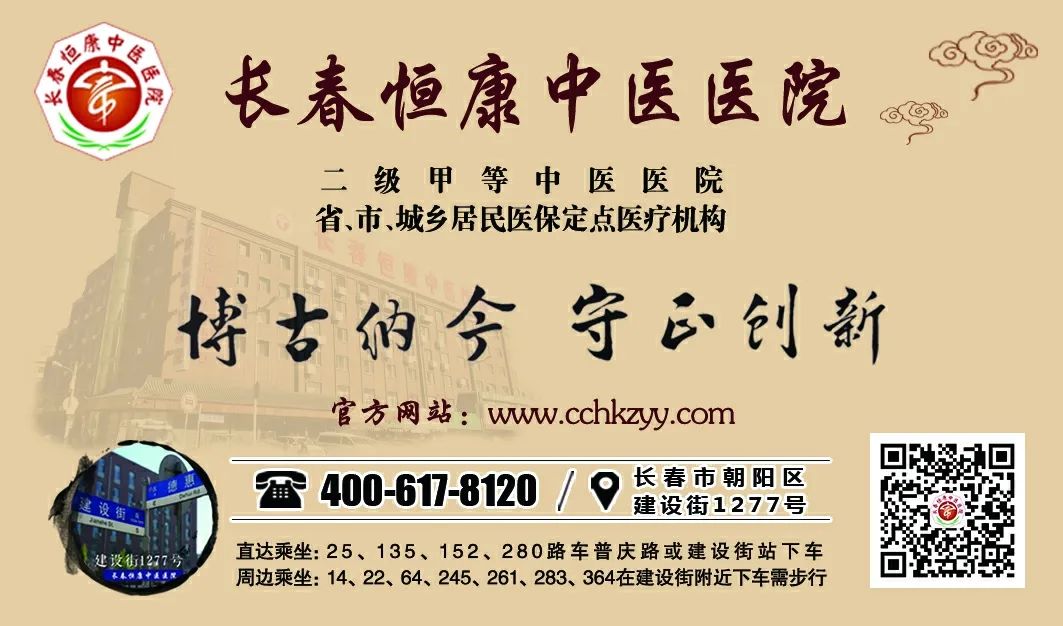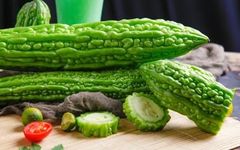Foods possess four properties: cold, hot, warm, and cool, also known as the “Four Qi”. Generally, we can determine the “Four Qi” of foods based on their taste, growth environment, and geographical location.
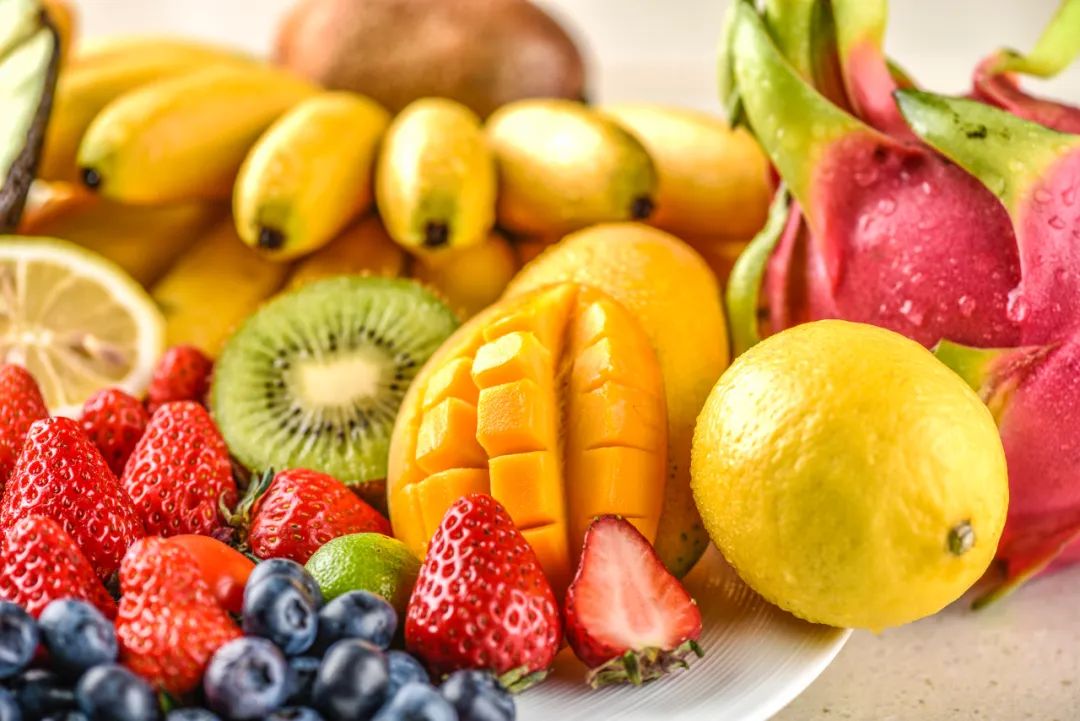
In terms of taste, foods with a stimulating flavor tend to be more pungent and warm, such as garlic, ginger, cilantro, and chili peppers. Conversely, foods that are bitter or sour are generally cold in nature, with representative examples including bitter melon (kǔguā), plums (méizi), bitter herbs (kǔcǎo), purslane (mǎchìxiàn), and dandelion (púgōngyīng). Sweet foods, which typically receive more sunlight, are mostly hot in nature, such as pomegranates (shíliú).

Regarding the growth environment, foods that grow in water are generally cold in nature, such as lotus root (lián’ǒu), kelp (hǎidài), freshwater fish (zhòngyú), and duck meat (yāròu). Foods that grow on land tend to be warm, such as chicken (jīròu), beef (niúròu), lamb (yángròu), peanuts (huāshēng), and potatoes (tǔdòu).
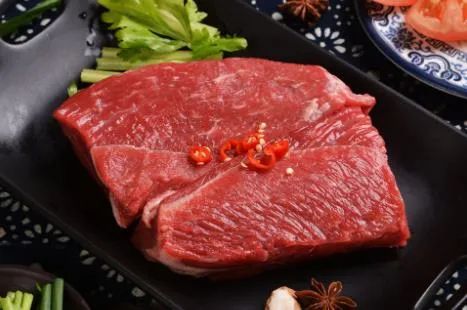
From a geographical perspective, fruits that grow in tropical regions are generally warm, such as mangoes (mángguǒ), lychees (lìzhī), longans (lóngan), and durians (dǔlián). In contrast, foods from temperate or northern regions are often cool, such as apples (píngguǒ), pears (lí), and persimmons (shìzi).
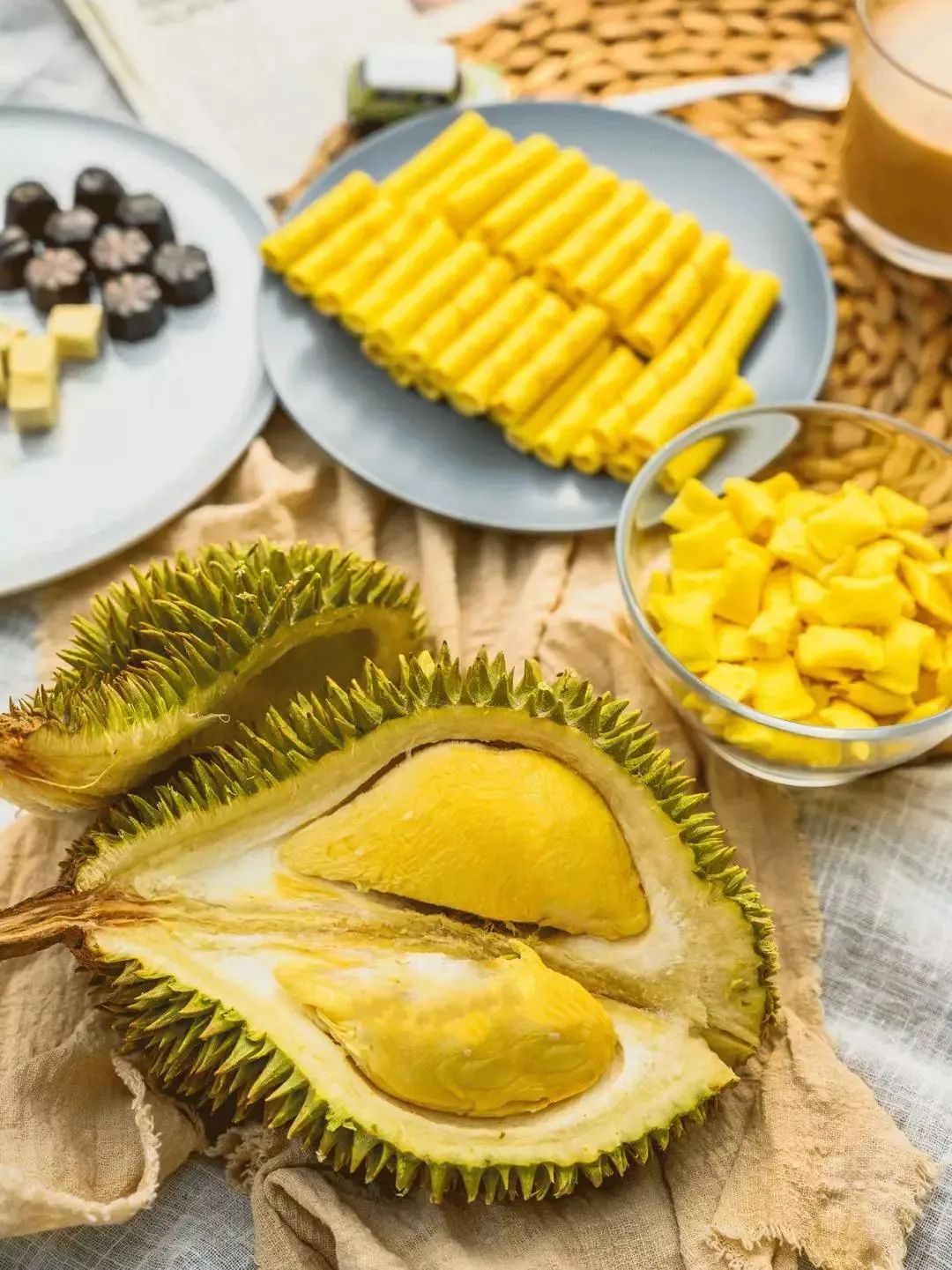
Foods with cold and cool properties often have effects such as clearing heat and draining fire, cooling the blood and detoxifying, nourishing yin and generating fluids, calming the liver and settling the spirit, and promoting urination and bowel movements. They are suitable for heat syndromes, clinically manifested by fever, thirst, irritability, dizziness, headache, yellow and red urine, and constipation.
Warm and hot foods have effects such as warming the middle and dispersing cold, assisting yang and benefiting qi, and promoting circulation and blood flow. They are suitable for cold syndromes, clinically manifested by a preference for warmth, fear of cold, cold limbs, no thirst, clear and frequent urination, and loose stools.
Additionally, neutral foods have the effects of tonifying qi and blood, strengthening the spleen and stomach, and nourishing the kidneys. They can be used for both cold and heat syndromes and are also beneficial for those with spleen and stomach deficiency, such as soybeans (dàdòu), corn (yùmǐ), japonica rice (jīngmǐ), yellow soybeans (huángdòu), sesame (zhīma), eggplant (qiézi), winter melon (dōngguā), pork (zhūròu), beef (niúròu), pigeon meat (gēyā), carp (lǐyú), and crucian carp (jìyú).

◾ Secondary Class A TCM Hospital
◾ Designated hospital for provincial, municipal, and urban-rural residents’ medical insurance
◾ Designated hospital for inter-provincial medical insurance
◾ Practice base for the Union Medical Diagnosis Center of Changchun University of Traditional Chinese Medicine
◾ Designated hospital for driver physical examinations by the Traffic Police Brigade of Changchun Public Security Bureau
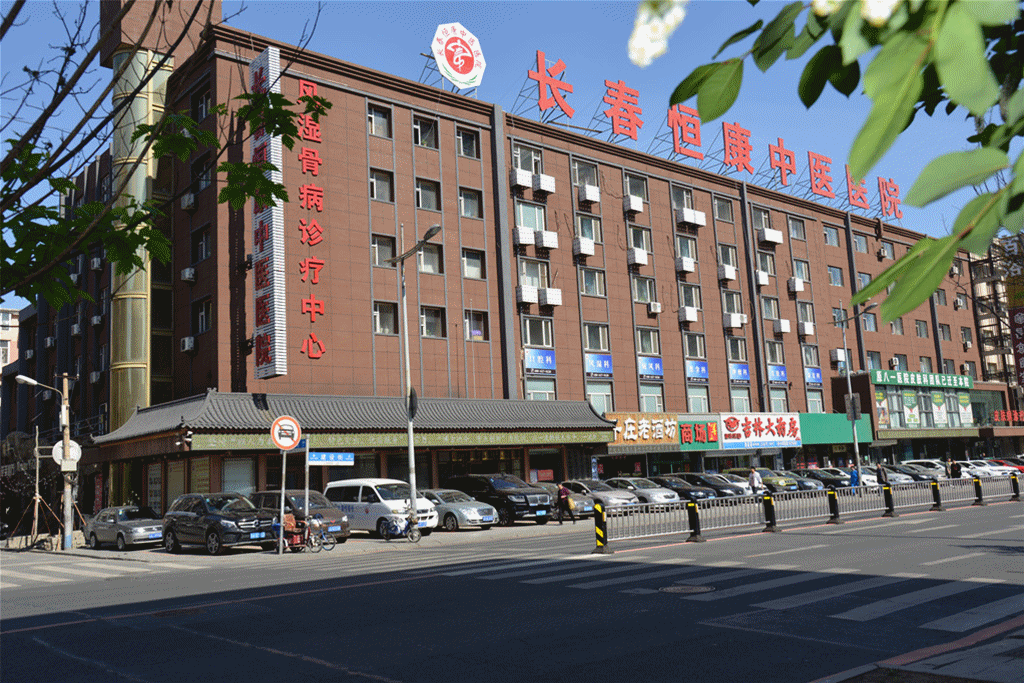
Changchun Hengkang TCM Hospital (formerly Changchun TCM College Rheumatology Hospital) was established in 1991, located at 1277 Jianshe Street, with a building area of 9,000 square meters. It has an outpatient department, inpatient department, 150 open beds, and is equipped with diagnostic and treatment equipment including a United Imaging 1.5T superconducting MRI, a Siemens Somatom Definition AS 64-slice CT scanner, a SONTU300-Mars dual-column digital DR machine, a Mindray BS-830S fully automatic blood cell analyzer, a Philips A70 color Doppler ultrasound diagnostic instrument, and a complete set of brain disease rehabilitation treatment instruments. The hospital has a preparation room, and currently, 38 preparation varieties have obtained approval numbers, covering dosage forms such as capsules, tinctures, plasters, powders, water pills, ointments, liniments, and mixtures.

The hospital has established centers for rheumatology and bone diseases, gout treatment, spleen and stomach diseases, dermatology (formerly the dermatology team of Bayi Hospital led by Jiang Xiansu), brain rehabilitation, TCM chronic disease adjustment and rehabilitation, difficult and miscellaneous diseases, health examination, and dental outpatient services. The rheumatology, rehabilitation, and spleen and stomach departments are key medical specialties for the province and city during the 13th Five-Year Plan.

The hospital adheres to the principle of “people-oriented, patient-centered, distinctive features, and quality service” and the motto “Learning from the past and innovating for the future” to safeguard the health of the public!

Scan to follow us
During the pandemic
Safe medical treatment

(Some content and images are sourced from the internet; if there is any infringement, please contact us for removal. Thank you!)
↓↓↓
